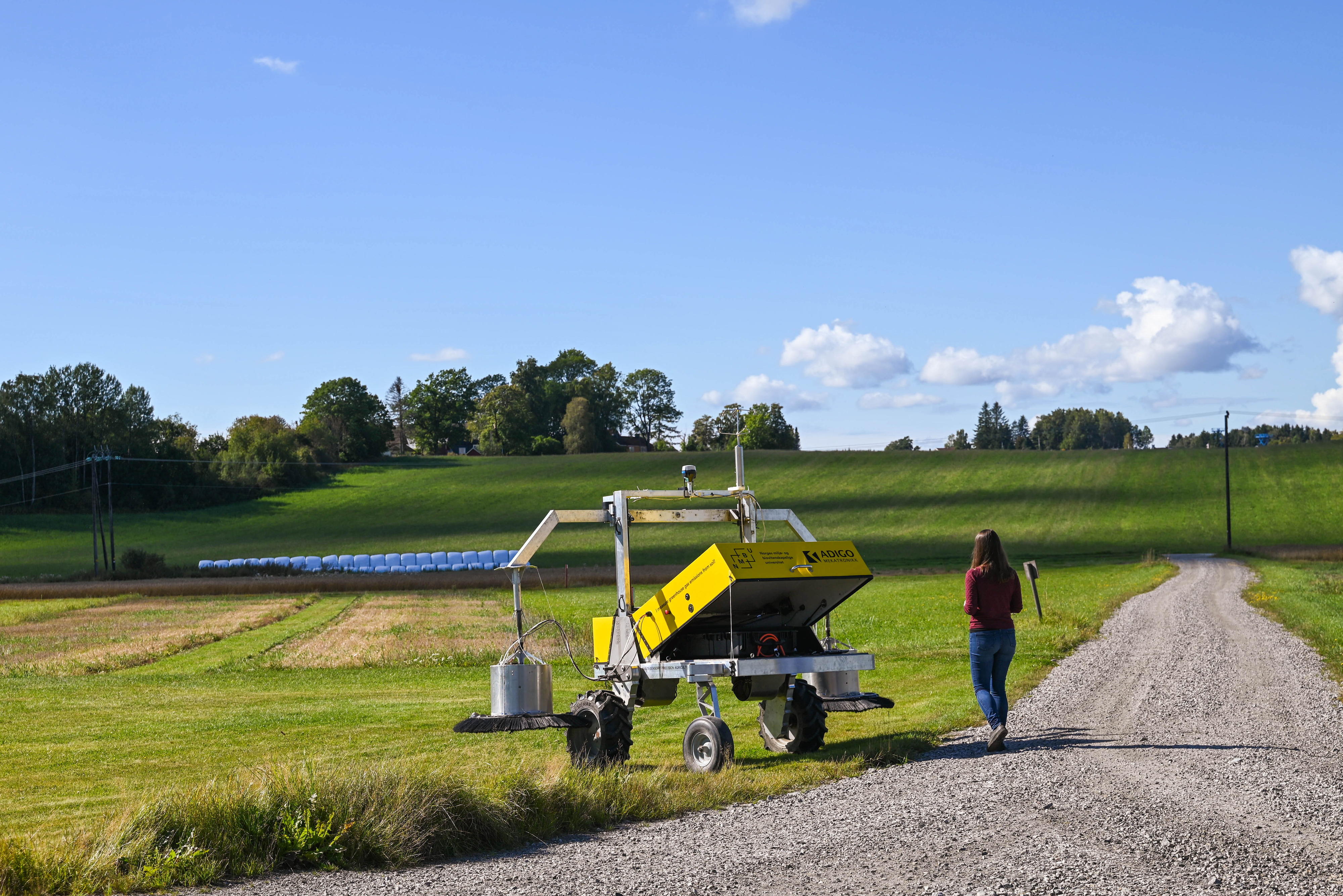News release
From:
Environment: Using bacteria to reduce N2O emissions from farming (N&V) *IMAGES & VIDEO*
Emissions of nitrous oxide from farming could be reduced through the use of fertilizers with increased concentrations of nitrous oxide-consuming bacteria reports a study in Nature.
The use of nitrogen in farming is essential to crop production, particularly in the form of synthetic fertilizers. However, excessive application of these fertilizers can lead to increased emissions of the greenhouse gas nitrous oxide (N2O). Bacteria that use N2O in respiration have the potential to lower the amount released to the atmosphere; however, a practical method to maintain these bacteria in farmland and optimize their activity has yet to be found.
Lars Bakken and colleagues have developed a method using Cloacibacterium sp. CB-01, a strain of N2O-respiring bacteria. They grew high concentrations of CB-01 on a mixture (known as a digestate) of organic waste from biogas production. CB-01 was selected for two traits: rapid growth in the digestate and survival in soil. The effect of this product on N2O emissions was then measured by fertilizing three field plots with the CB-01 mixture and comparing against plots fertilized with the same digestate in which CB-01 had been heat-killed.
Upon application of the CB-01 mixture, initial peak N2O release induced by fertilization was almost eliminated, which then continued to have a strong effect over the rest of the 100-day study period. Additionally, despite a slight decline, abundance of CB-01 remained relatively high, suggesting that this approach has the potential to limit emissions over a growing season. When tested in four different types of soil, the CB-01-rich mixture resulted in N2O emission reductions of 50–95%, depending on soil type. The larger effect on European emissions was then estimated by modelling to 2030 against existing removal techniques. It was predicted that this technique could reduce European national N2O emissions from farming by 2.7%, and up to 24% if the technique could be extended to all types of mineral and natural fertilizers.
This approach could provide a cost-effective and efficient way to curb N2O emissions from farmland. Further optimization of these strains could maximize their effectiveness and ability to withstand environmental stressors, the authors conclude.



 International
International



